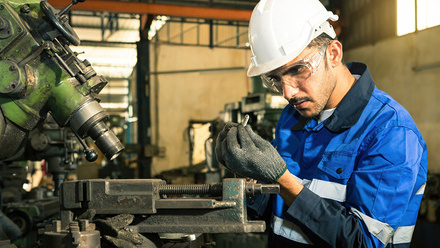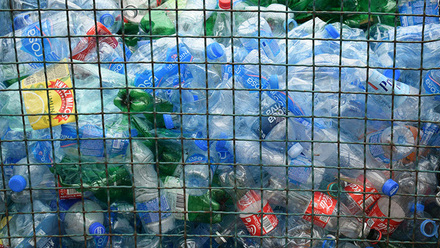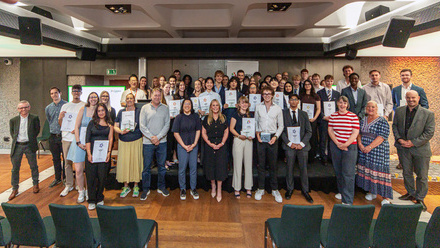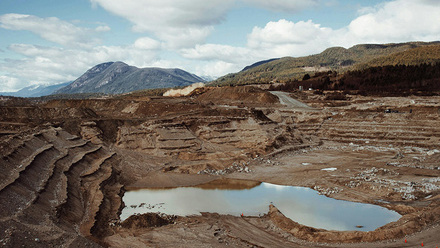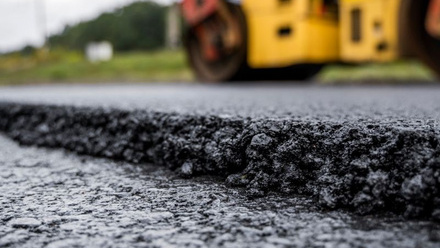Hydrogen from solar power and cow manure
Making hydrogen from water using solar power and agricultural waste – such as manure or husks – is said to reduce the required energy by 600%.
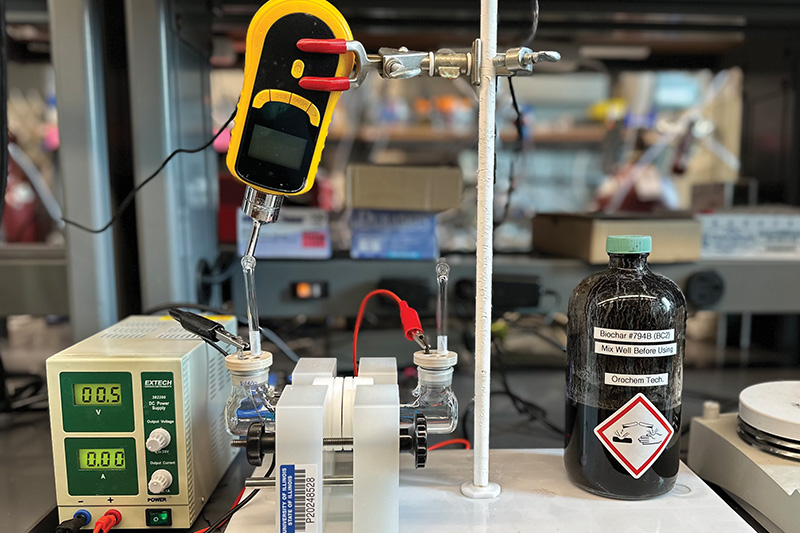
The energy requirements are said to be low enough to power the reaction with one standard silicon solar cell, generating roughly 15mA of current at 0.5V – less than the power of an AA battery.
Engineers at University of Illinois Chicago (UIC), USA, are leading a multi-institutional team for this research.
The approach uses carbon-rich biochar to decrease the amount of electricity needed to convert water to hydrogen. By using renewable energy sources such as solar power or wind, and capturing by-products for other uses, UIC Professor Meenesh Singh claims they can reduce greenhouse gas emissions to net-zero.
He suggests they are the first to demonstrate you can produce hydrogen using biomass at a fraction of a volt.
Recently, scientists have decreased the voltage required for water splitting by introducing a carbon source to the reaction. But this process uses coal or expensive chemicals and releases carbon dioxide.
Singh’s team have modified this process to use biomass. The team has experimented with different kinds of biochar. The best performer – cow dung – is added to the electrolysis chamber and reportedly decreases the electrical requirement for hydrogen production by sixfold to roughly a fifth of a volt.
Hemp waste, paper waste and sugarcane husk reduced the power needed in that order.
'It’s very efficient, with almost 35% conversion of the biochar and solar energy into hydrogen,' highlights Rohit Chauhan, a co-author and postdoctoral scholar in Singh’s lab. 'These are world-record numbers.'
Singh expands, 'This work uses the low-temperature charring-sulphonation method to produce biochar with low preparation costs, higher SO3H functionalisation and low-energy requirements. The resulting biochar is in a slurry form, which can be directly used for oxidation.'
The introduction of the sulphuric acid results in a slurry rich in carbon that can be directly used for the biochar-assisted water electrolysis (BAWE) process.
Singh describes, 'Water electrolysis typically produces hydrogen (H2) and oxygen (O2), but when solid carbon (biochar) is added to the water and is electrochemically active, it changes the stoichiometry of the reaction. This process is known as BAWE. A distinctive feature of BAWE is its ability to integrate electric and chemical energies into the production of H2. BAWE requires a standard potential as low as 0.21V, approximately one-sixth of the normal water electrolysis potential (1.23V).'
For net-zero, it must capture the carbon dioxide generated by the reaction.
Breakthroughs in hydrogen production are more feasible now, Singh says, because of 'advances in renewable energy technologies, particularly in solar and wind power, which have made them more accessible and cost-effective…BAWE has made producing hydrogen at significantly lower energy costs feasible.'
'It not only diversifies the utilisation of biowaste but enables the clean production of different chemicals beyond hydrogen,' adds UIC graduate Nishithan Kani, co-lead author on the paper.
Their industrial collaborator Orochem Technologies, USA, is scaling up the process from kilogramme to tonnes per day.
The next steps also involve optimising the BAWE process for efficiency and scalability, and studying the chemical and electrochemical mechanisms with different biochar types.
Singh says, 'This inexpensive method of producing hydrogen could help farmers become self-sustainable for their energy needs or create new revenue streams.'


